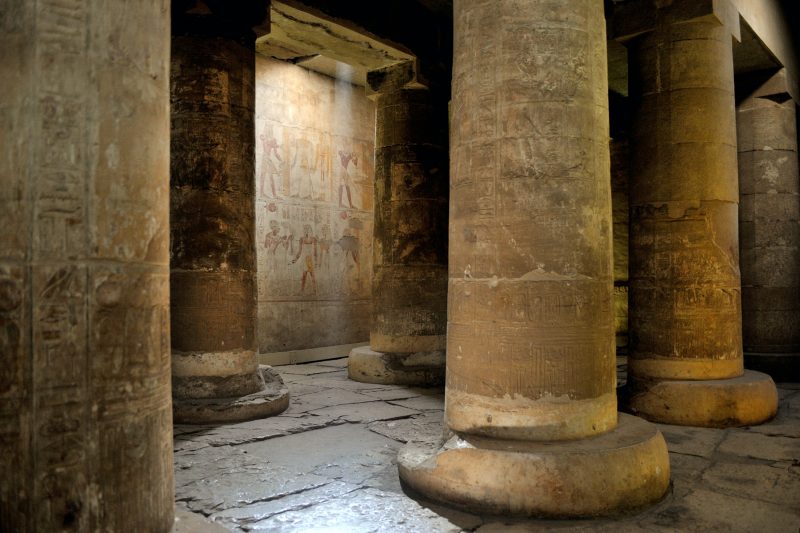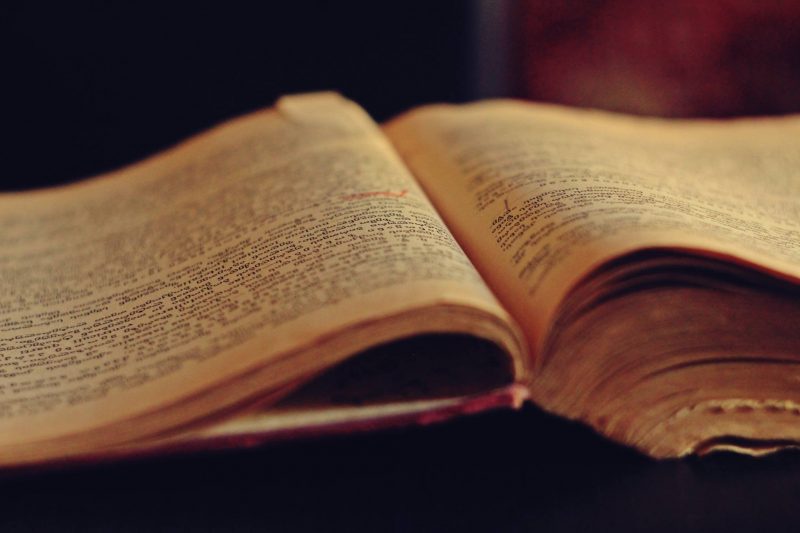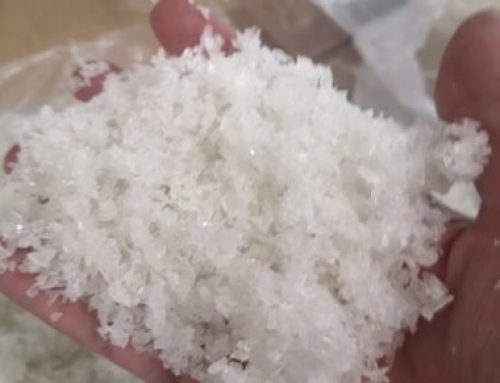21 February 2022
The history of glass has some more explicit references in a later period. In fact, around 1500 BC, the Egyptians began to produce the first hollow glass containers to be used as bottles for ointments and oils. The oldest glass object known today is part of the collection of Egyptian art of the Museum of Munich: it is a fine celestial glass cup.
The glass initially produced in Ancient Egypt was very different from what we know today: it lacked the brightness of modern glass, it had a lack of transparency, but it could be modelled easily and colored permanently, making it a material with virtually unlimited life as opposed to containers manufactured with poorer and common materials such as wood, pumpkins or pockets of animal skin.

With the passing of the centuries and the advancement of casting and processing techniques, Egyptian glass became an increasingly valuable material: after the technological innovations introduced during the eighteenth dynasty (1543-1292 BC). Glass produced by Egyptian glassmakers achieved an almost modern degree of transparency.
658 B.C.
From a historical point of view, glass is characterized by another important historical memory.
It was found in the library of the Assyrian king Assurbanipal the first recipe to produce glass known to us and handed down to history: «Take 60 parts of sand, 180 parts of dried algae powder and five parts of chalk».

@bearfotos
This recipe of 658 B.C. is still valid after 2,500 years. By mixing quartz sand, potash and lime, glass is obtained, a natural raw material, waterproof, malleable and resistant.
The history of glass then followed its course. In about 100 BC, a glasswork on the Syrian coast was the scene of a technical revolution: a glassmaker whose name is unknown invented the blowpipe. The latter is a tube between 1.20 and 1.60 meters long with a mouthpiece on one end; the other end is used by the glass blower to draw, retain, rotate, marble and give homogeneity to the glowing glass bubble, by blowing air into it. Thanks to the blowpipe, the master glassmakers could now also produce glass objects of reduced thickness and with different shapes. A hundred years later, at the Romans, were already used luxurious glass glasses embellished with complex decorations.





Leave A Comment